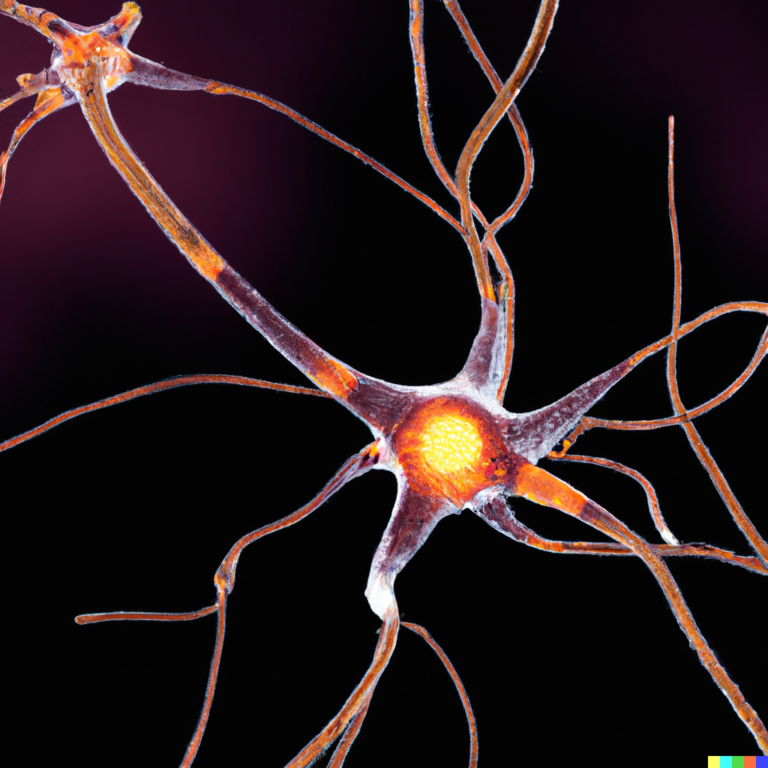**Understanding Wandering in Dementia: Why Some Patients Feel the Urge to Walk**
Dementia is a condition that affects the brain, causing changes in memory, thinking, and behavior. One of the behaviors that people with dementia often exhibit is wandering. This can be a concerning issue, especially during the winter months when the cold and darkness can make it even more challenging to keep someone safe.
### What is Wandering in Dementia?
Wandering in dementia happens when changes in the brain disrupt memory, reasoning, and awareness. This behavior is often linked to disorientation, confusion, or an urge to follow old routines. There are several common reasons behind this behavior:
– **Confusion about Time or Place**: Some people with dementia might think they need to “go home” or return to a former job, even if they are already in a safe environment.
– **Unmet Needs**: A person might wander while looking for a bathroom, food, or comfort.
– **Restlessness or Energy**: Dementia can sometimes cause restlessness, and wandering may be a way to relieve it.
– **Stress and Anxiety**: Crowded or unfamiliar places can make people with dementia feel overwhelmed and prompt them to leave.
– **Memory Recall**: In some cases, wandering could be linked to a desire to recreate a memory or complete a task that made sense in the past.
### Risks of Wandering
Wandering can be particularly dangerous, especially in winter. The darkness sets in earlier, reducing visibility and complicating search efforts if someone becomes lost. People with dementia might also leave home without dressing appropriately for the weather, which can lead to risks like hypothermia, injuries from slipping on ice, and reduced visibility.
### Why Does Wandering Happen?
Each person with dementia experiences the condition uniquely, so the reasons for wandering can vary. However, some common triggers include:
– **Sundowning**: This is a phenomenon where people with dementia become restless and agitated in the late afternoon or early evening. It can be due to changes in their biological clocks, exhaustion, or issues distinguishing between day and night.
– **Disorientation**: People with dementia might become confused about their place or time, leading them to wander.
– **Anxiety and Stress**: Unfamiliar or crowded environments can cause significant anxiety, prompting someone to leave.
– **Physical and Emotional Discomfort**: Pain, discomfort, or communication issues can also lead to restlessness and wandering.
### How to Prevent Wandering
Preventing wandering is crucial for the safety of people with dementia. Here are some strategies caregivers can use:
1. **Create a Safe Environment**: Ensure the home is safe and familiar. Remove any hazards and make sure the person knows how to use the phone and other safety devices.
2. **Establish a Routine**: Stick to a daily routine to provide a sense of structure and familiarity.
3. **Monitor and Supervise**: Keep a close eye on the person, especially during times when they are most likely to wander.
4. **Use Technology**: Utilize GPS tracking devices or wearable alarms that can alert caregivers if the person leaves the house.
5. **Address Underlying Issues**: Identify and address any underlying causes of wandering, such as unmet needs or stress.
### Conclusion
Wandering in dementia is a complex issue that requires understanding and proactive measures. By recognizing the common triggers and taking steps to create a safe environment, caregivers can significantly reduce the risks associated with wandering. If you or someone you know is living with dementia, it is essential to be aware of these risks and take action to ensure their safety, especially during the challenging winter months.
For more information and support, you can contact organizations like the Alzheimer’s Foundation of America or Dementia Australia. They offer valuable resources and expert advice to help families navigate the challenges of dementia care.





